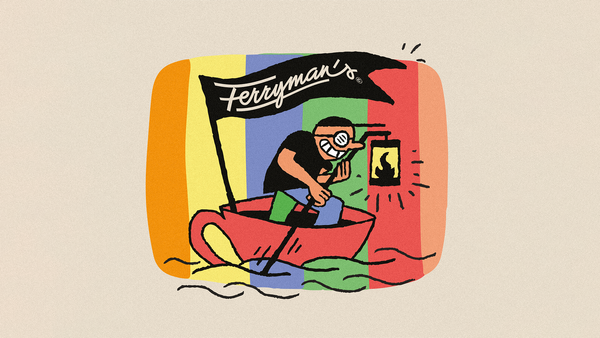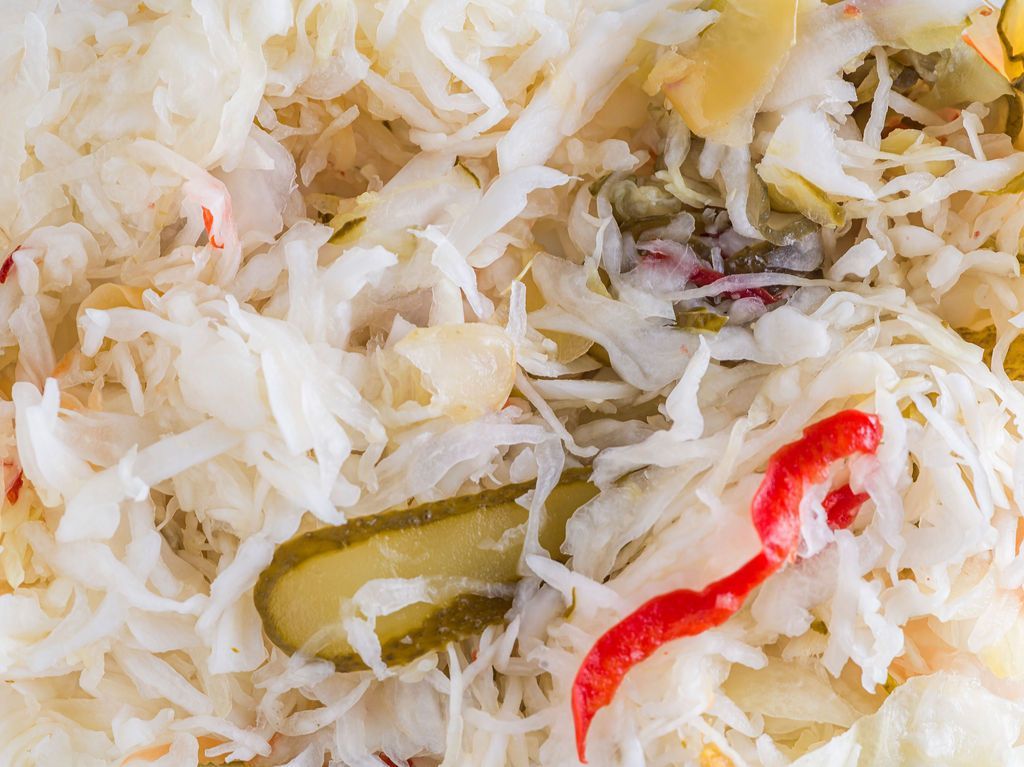In summer, we feast on crunchy vegetables and fruits, which are good to keep for the autumn and winter months. It’s not just a kitchen pastime, it’s also an important task—as our ancestors well knew, for whom pickles were a way of supplementing their vitamins in cold weather. Let’s take a look together at what can be found on the canteen counter alongside the schnitzel!
Food preservation is as old as mankind. Fermented foods are found almost everywhere in the world. Our ancestors realized that by providing a suitable chemical medium, ingredients could be stored for long periods, which proved useful for a nomadic lifestyle, as well as for the changeable weather and fresh food that was only available seasonally. Fermentation is of course not only possible with vegetables, but also with meat and fish (e.g. garum, a fermented fish sauce from ancient Rome), but in Hungary, it is mainly pickles that have been used. This could be because we have so many heavy, side dishes with meat, which can be refreshing with a vegetable—if only the health-conscious chose the big salads.
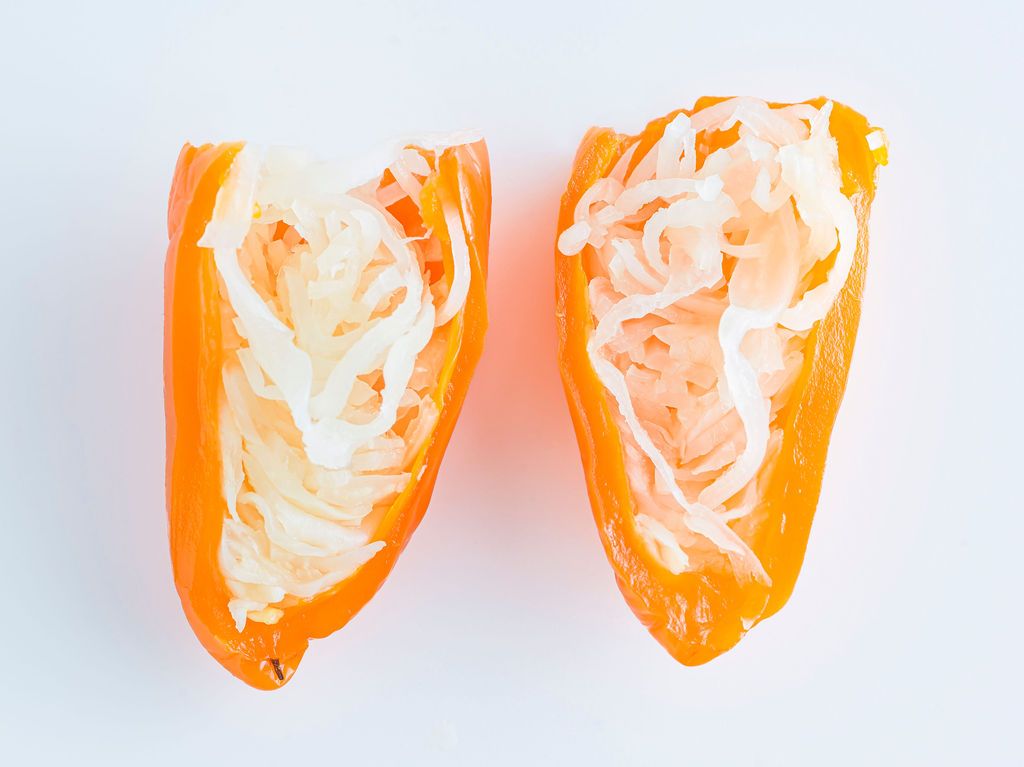
A few years ago, in parallel with the leavening renaissance, people started pickling at home, but this is a bit different from what we were used to seeing in the stalls of buffets or markets. There are three types of fermentation: lactic, vinegar, and alcohol. In lacto-fermentation, the raw material is fermented in a disinfected, sealed jar with only salt (and other spices) added—the lactobacilli on the surface of the vegetable start the process, creating a lower and lower pH medium.
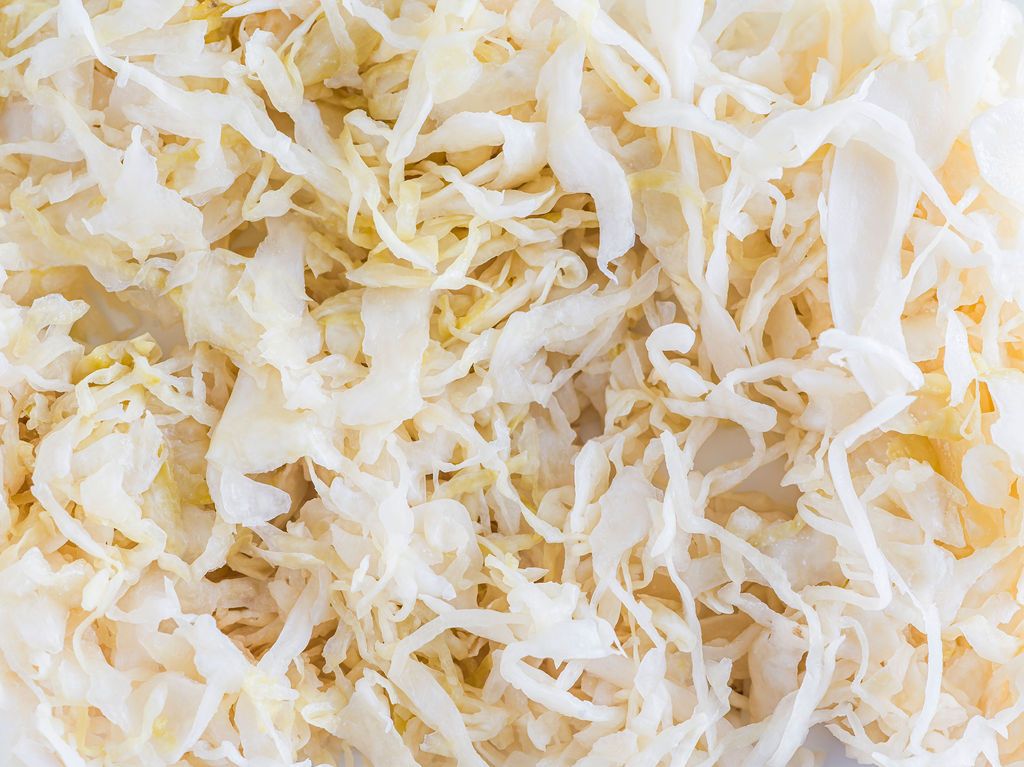
Stored food will be probiotic, which means it is very beneficial to your body, as it feeds the millions of tiny micro-organisms (microbiome) that live in your gut, which is one of the building blocks of your immune system. This is also useful because the good lactic acid bacteria crowd out the bad ones, which also helps to make it safer to eat (e.g. on cruise ships, this was a way of avoiding scurvy caused by bad food). This is how, for example, Vecsés sauerkraut is made. Cabbage was grown in this area as early as the 18th century, and its pickling was a welcome addition in an increasingly urbanized environment. The chopped cabbage leaves or shreds are salted, weighed down, and left to rest, then mixed with the squeezed juice and left to rest for weeks. (The process is similar to Korean kimchi, by the way.)
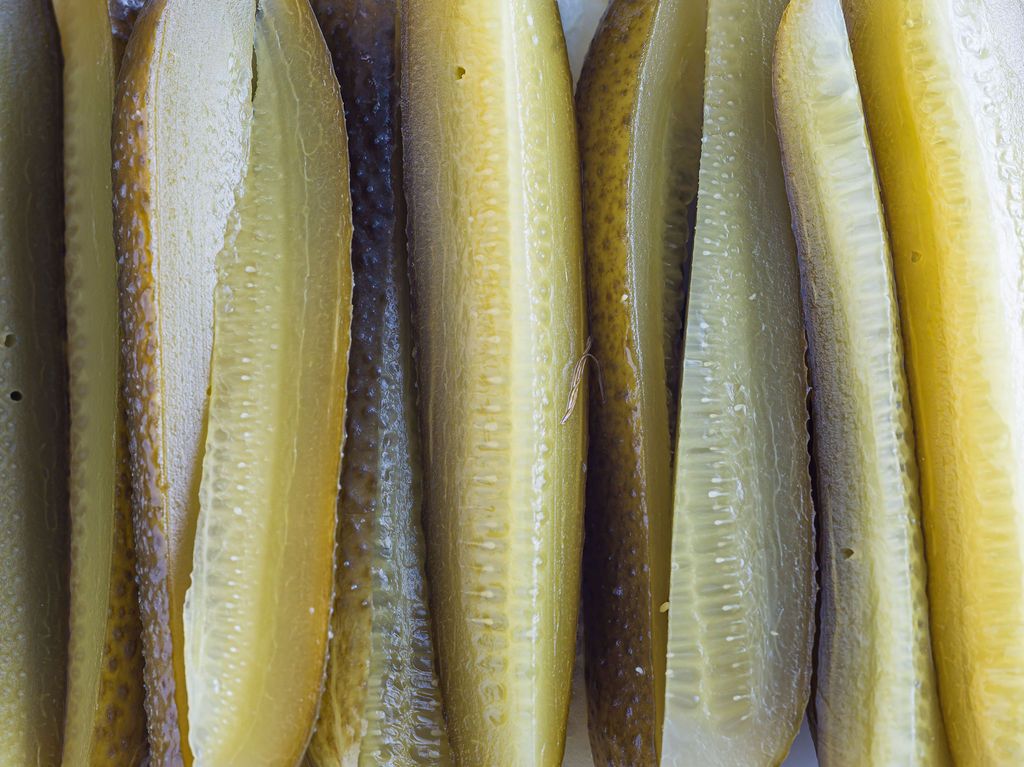
It’s a little different with pickled cucumber, which you see on so many garden or balcony tables in summer. In the traditional recipe, bread or potatoes are added to the cucumber and water, but it is not sealed, just lightly covered with a plate—a quick fermentation method where the microorganism on the surface of the cucumber and the jar also help the process. It’s a mixed fermentation with a quick end result, whereas lacto-fermentation is a months-long process.
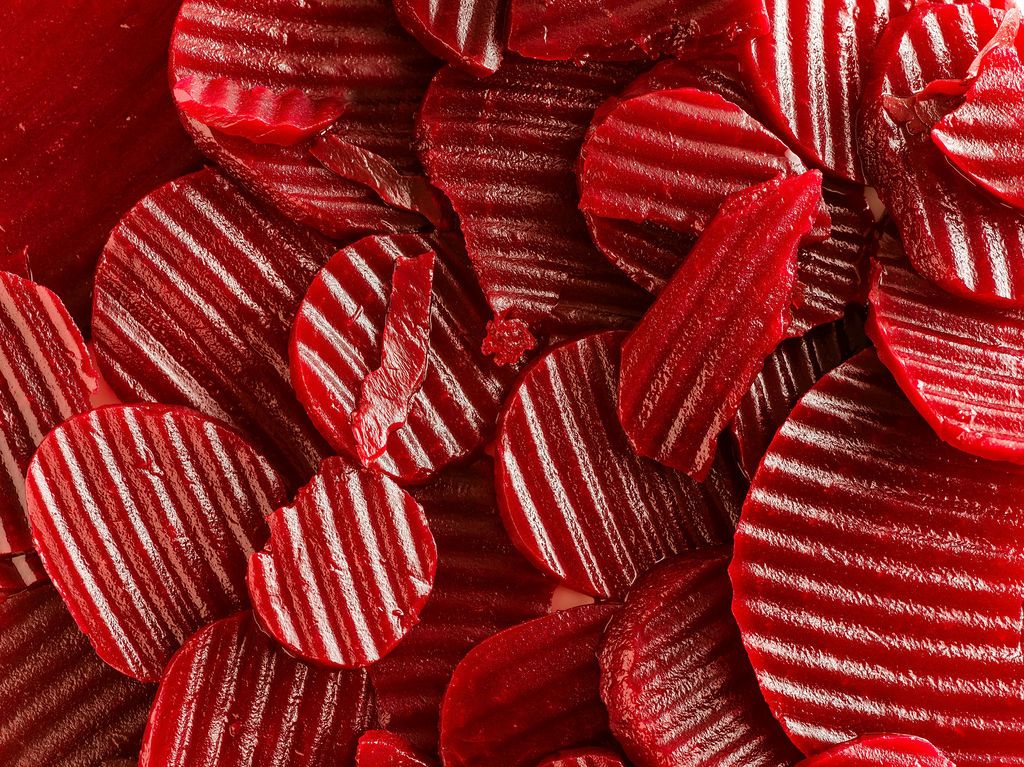
And not all that glitters is gold. What you buy at the pickle shop or the cafeteria is quick pickled, that is, with vinegar and sugar (or, in the worst cases, preservatives). This is the case with mixed pickles, pearl onions, horseradish, and beetroot—of course, the ingredients used as raw materials are not unhealthy, but they are not the same as the lacto-fermented versions in terms of their effects.
But let’s admit it, it’s still nice to come back to the counter for a portion, just make sure you can pick your favorite!
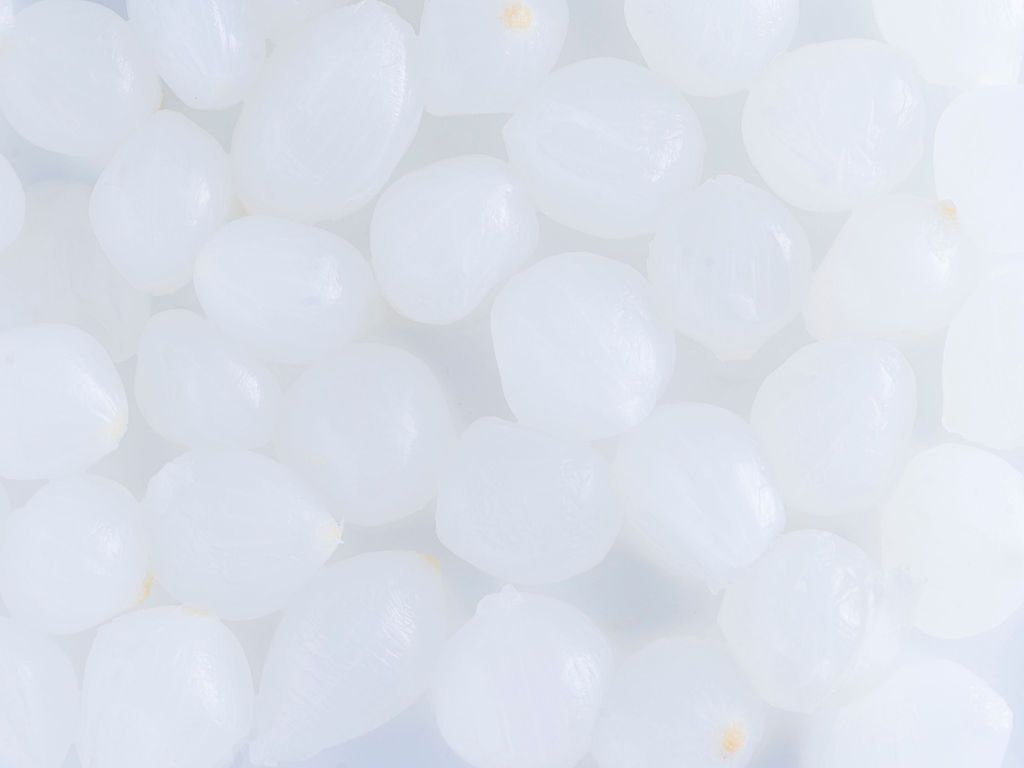
Photos: László Sebestyén
Sources: Fermentor, Food&Wine, Kifőzöm, Magyarországom
Previous episodes of the series:
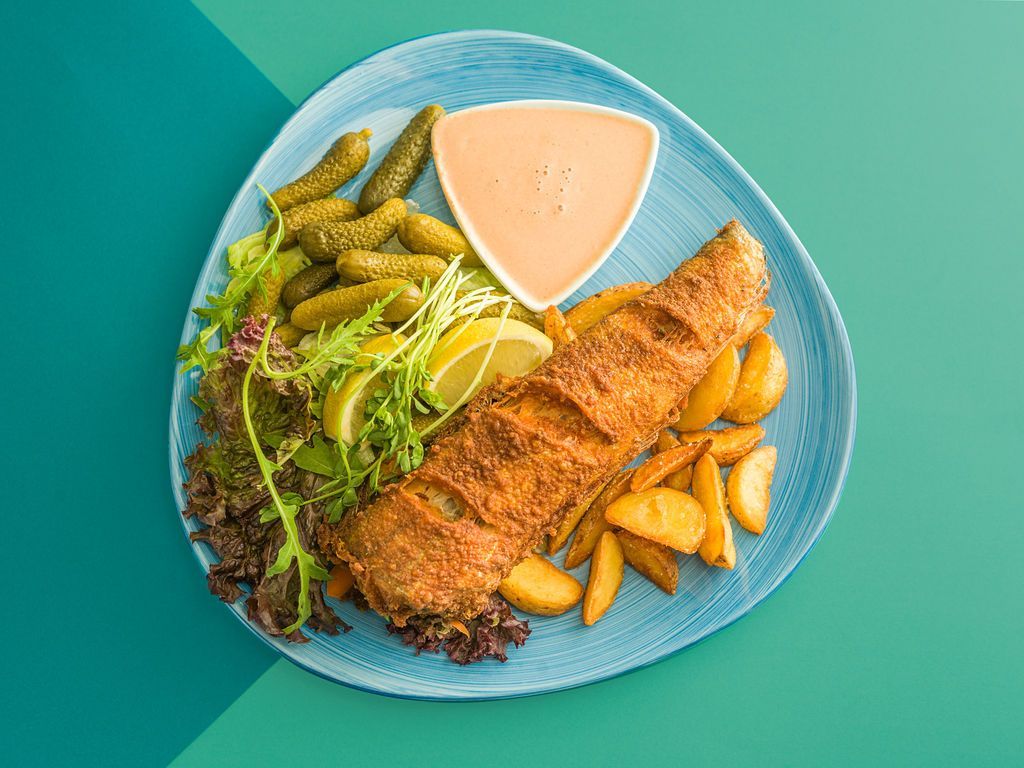
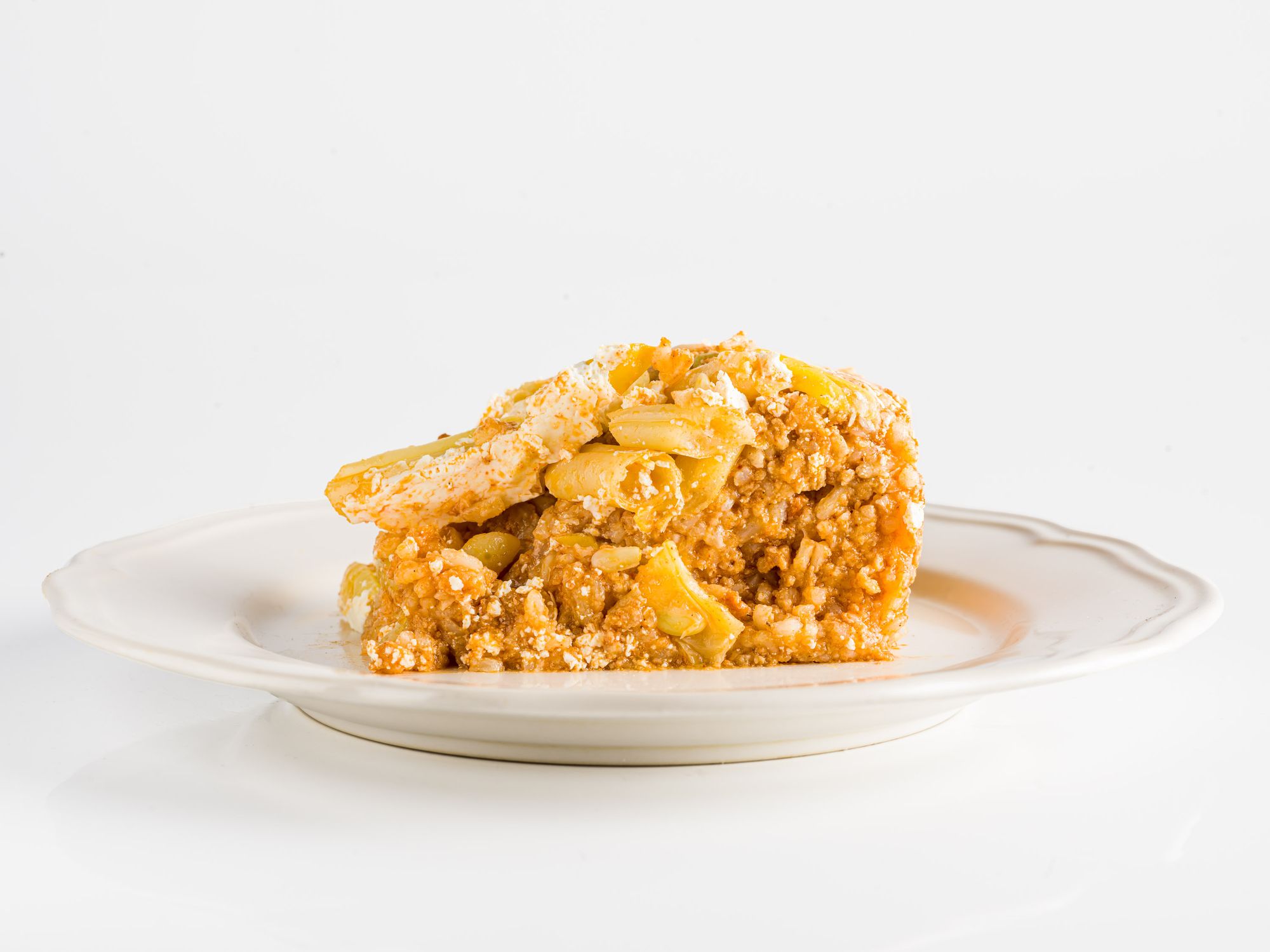
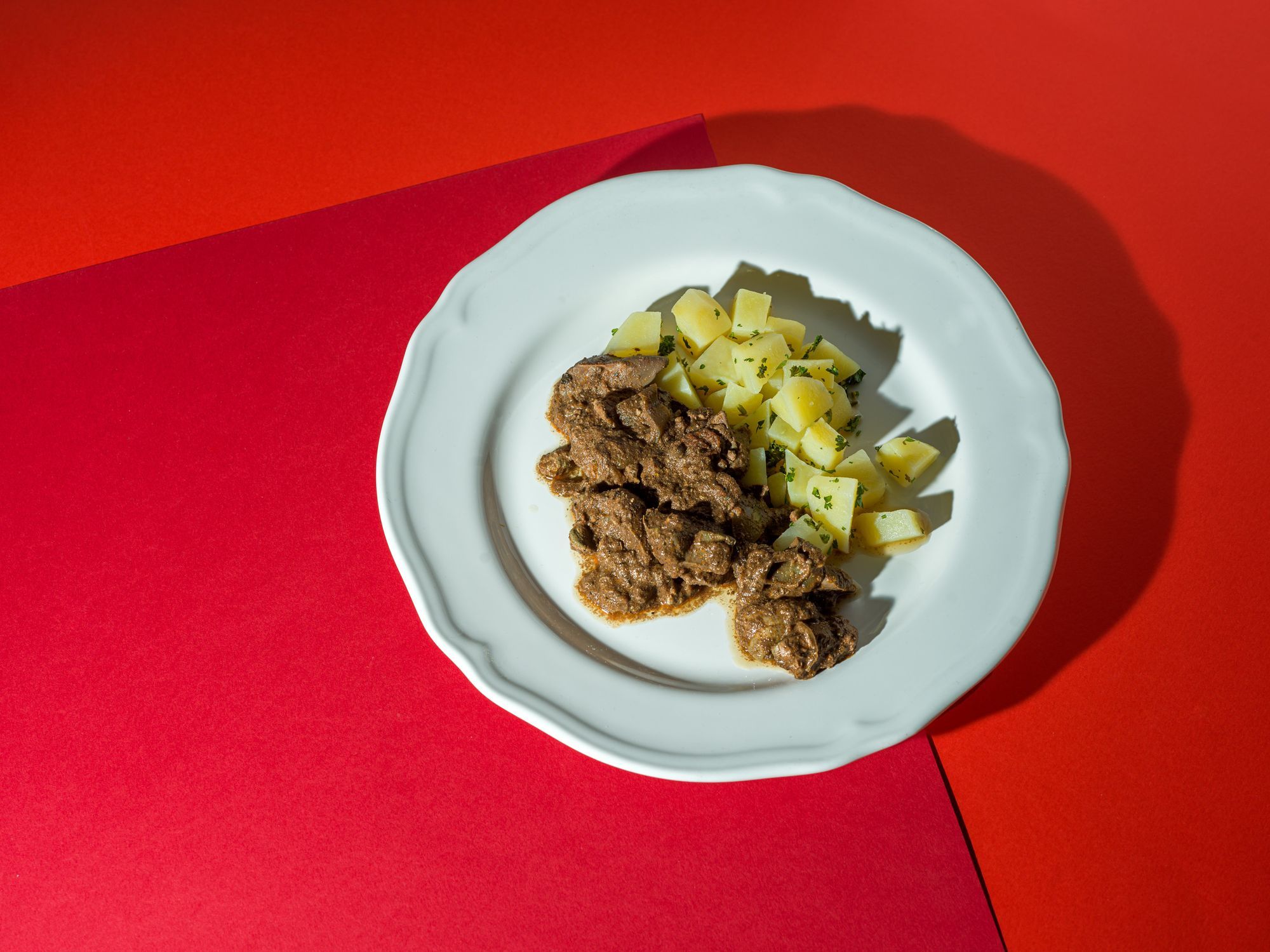


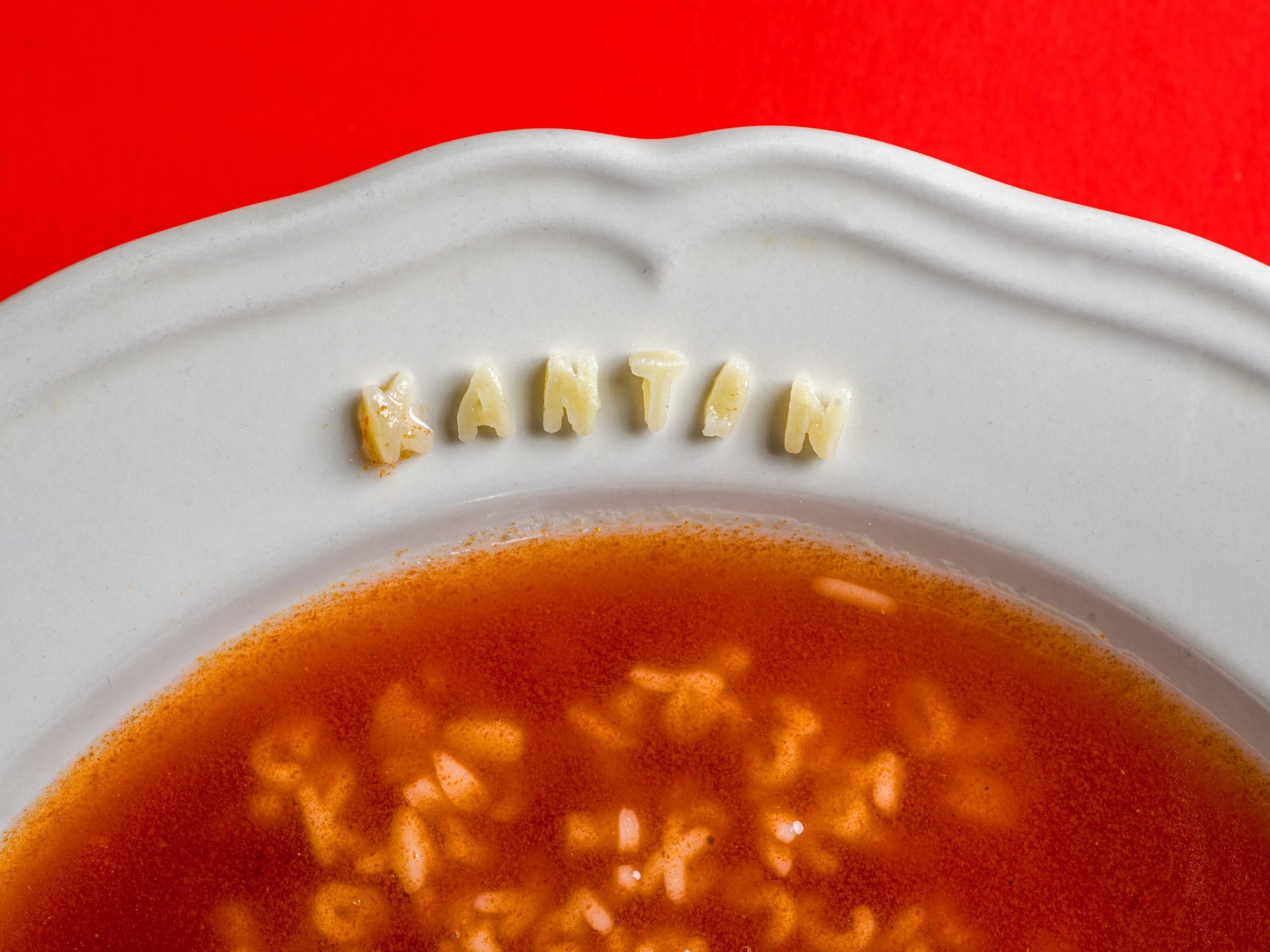


The art of chance: Ori Toor | #DIVE
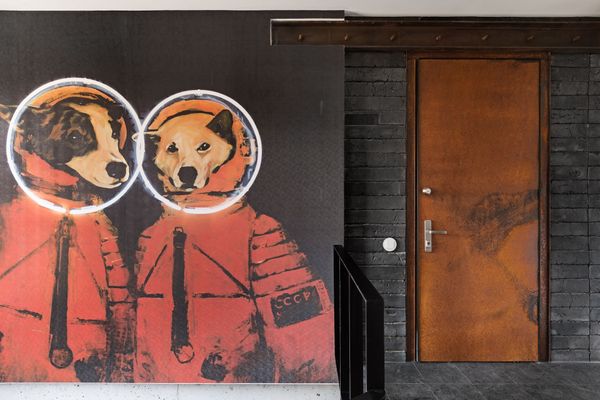
Everything has a story here | Loft Buro
